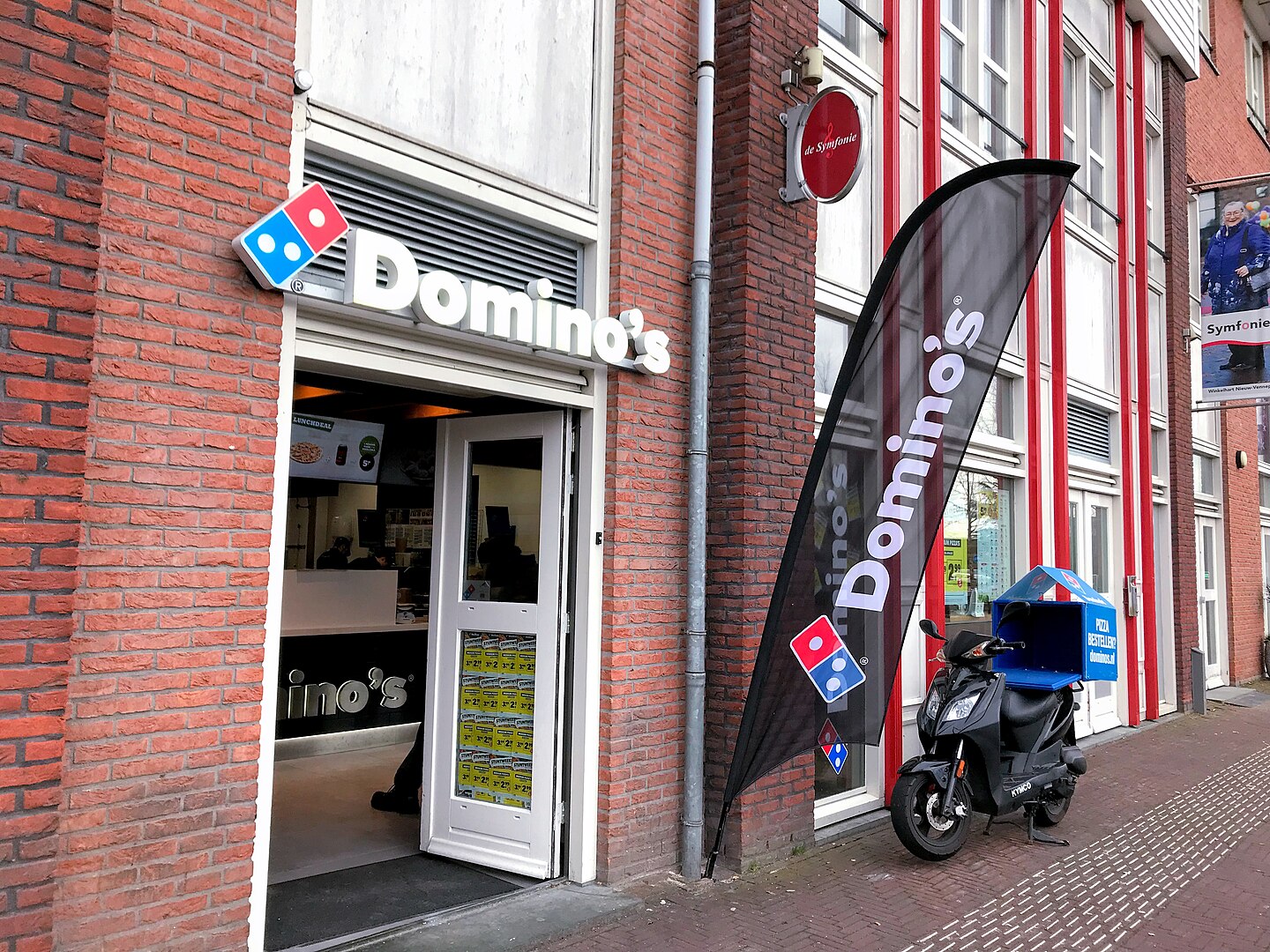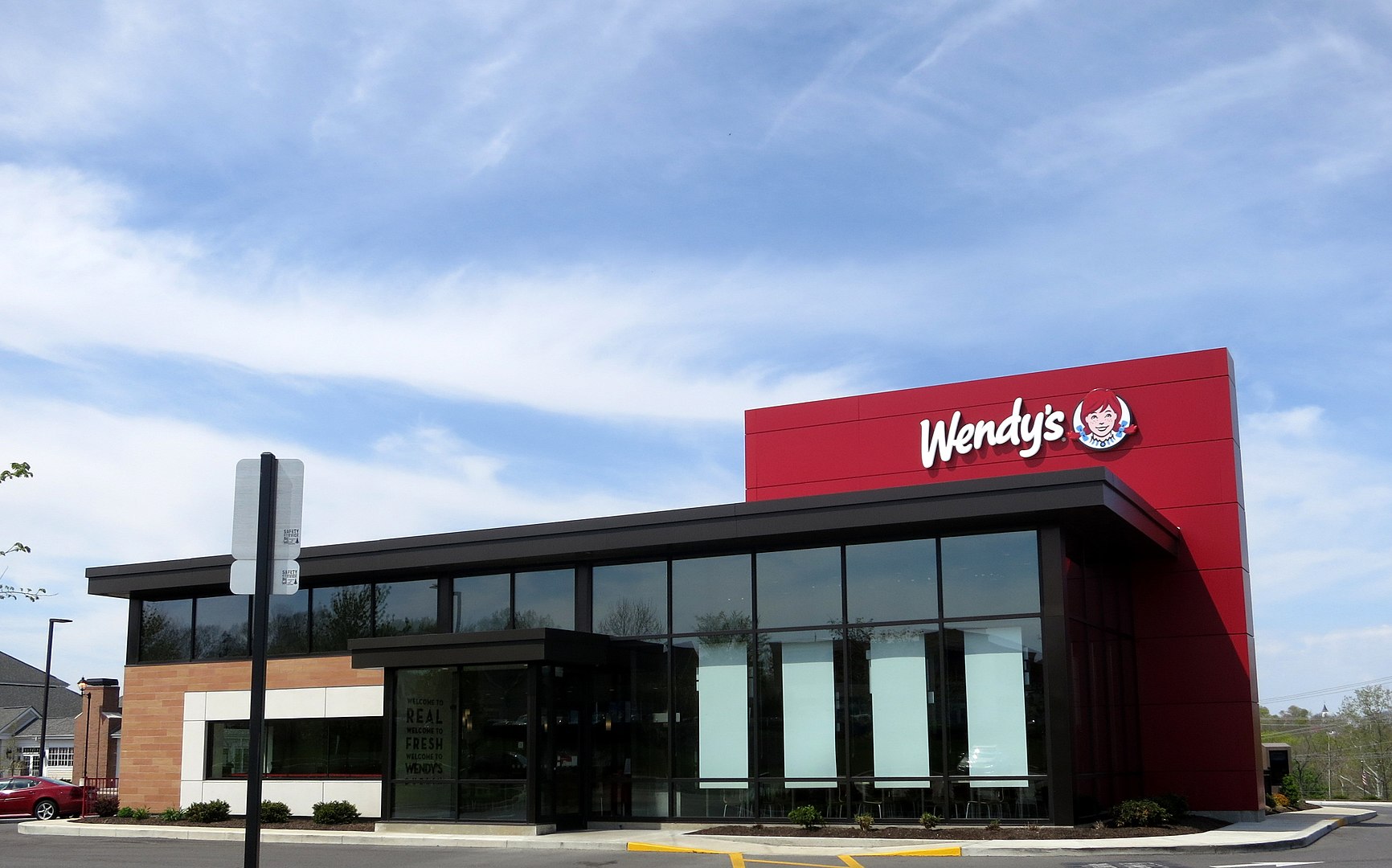American restaurant chains often symbolize convenience and familiarity, making them seem like surefire hits worldwide. However, international markets come with unique tastes, cultural nuances, and competitive landscapes that can challenge even the most successful U.S. brands. Several American chains have ventured abroad with high hopes, only to retreat after facing unforeseen obstacles. Understanding these failures offers valuable lessons in global business strategy and cultural sensitivity. Here are five notable examples where American restaurant chains stumbled on the international stage.
When American Restaurant Chains Go Global—and Fail

1. Domino’s Pizza in Italy
Domino’s Pizza, a giant in the American pizza delivery scene, attempted to penetrate the Italian market in 2015. Despite Italy being the birthplace of pizza, Domino’s believed its delivery model and American-style offerings would appeal to locals. However, Italians favored traditional, artisanal pizzas from local pizzerias, viewing Domino’s products as inferior. The chain’s reliance on imported ingredients also led to higher prices, further deterring customers. By 2022, Domino’s had closed all its Italian outlets, marking a significant retreat from a market it had hoped to conquer.
2. Dunkin’ Donuts in India
Dunkin’ Donuts entered the Indian market in 2012, aiming to capitalize on the country’s growing middle class. However, India’s strong tea culture and preference for savory snacks over sweet pastries posed challenges. Additionally, Dunkin’s pricing was considered high, making it less accessible to the average consumer. The brand attempted to adapt by introducing localized menu items, but these efforts fell short. By 2018, Dunkin’ had significantly reduced its presence in India, closing many stores due to underperformance.
3. Starbucks in Australia
Starbucks, synonymous with coffee culture in the U.S., launched in Australia in 2000 with aggressive expansion plans. However, Australia’s established café scene, known for high-quality espresso and a strong local identity, made it difficult for Starbucks to compete. The chain’s standardized offerings and lack of localization failed to resonate with Australian consumers. Financial losses mounted, leading to the closure of numerous stores by 2008. Starbucks has since scaled back operations, focusing on tourist-heavy areas rather than a widespread national presence.
4. Taco Bell in Mexico
Taco Bell, an American fast-food chain inspired by Mexican cuisine, ironically struggled in Mexico itself. The brand first entered the Mexican market in 1992 but faced backlash over its Americanized menu, which locals didn’t recognize as authentic. Despite re-entering the market in 2007 with adjusted offerings, the chain couldn’t shake its image as inauthentic. Cultural disconnect and strong competition from local eateries led to its second exit in 2010. Taco Bell’s experience underscores the importance of authenticity when introducing culturally specific foods to their countries of origin.
5. Wendy’s in the European Union

Wendy’s, known for its square burgers and Frosty desserts, faced legal hurdles in its European expansion. In the Netherlands, a local snack bar named “Wendy’s” held the trademark, preventing the American chain from operating under its name. Legal battles ensued, but the European courts upheld the local trademark rights. This trademark conflict effectively barred Wendy’s from establishing a presence in several EU countries. The case highlights the complexities of international trademark laws and the importance of thorough legal research before expansion.
Lessons from International Failures
These cases reveal that success in the U.S. doesn’t guarantee international triumph. Cultural preferences, local competition, pricing strategies, and legal considerations play crucial roles in determining a brand’s overseas success. American restaurant chains must conduct comprehensive market research and adapt their offerings to align with local tastes and customs. Failure to do so can lead to costly exits and damage to brand reputation. Understanding and respecting the nuances of each market is essential for sustainable global expansion.
Have you experienced an American restaurant chain abroad that felt out of place? Share your stories and thoughts in the comments below!
Read More
6 Regional Fast Food Chains You Have To Try Before You Die
The 7 Best Restaurant Chains in the United States
The post 5 American Chain Restaurants That Totally Flopped In Other Countries appeared first on Grocery Coupon Guide.







